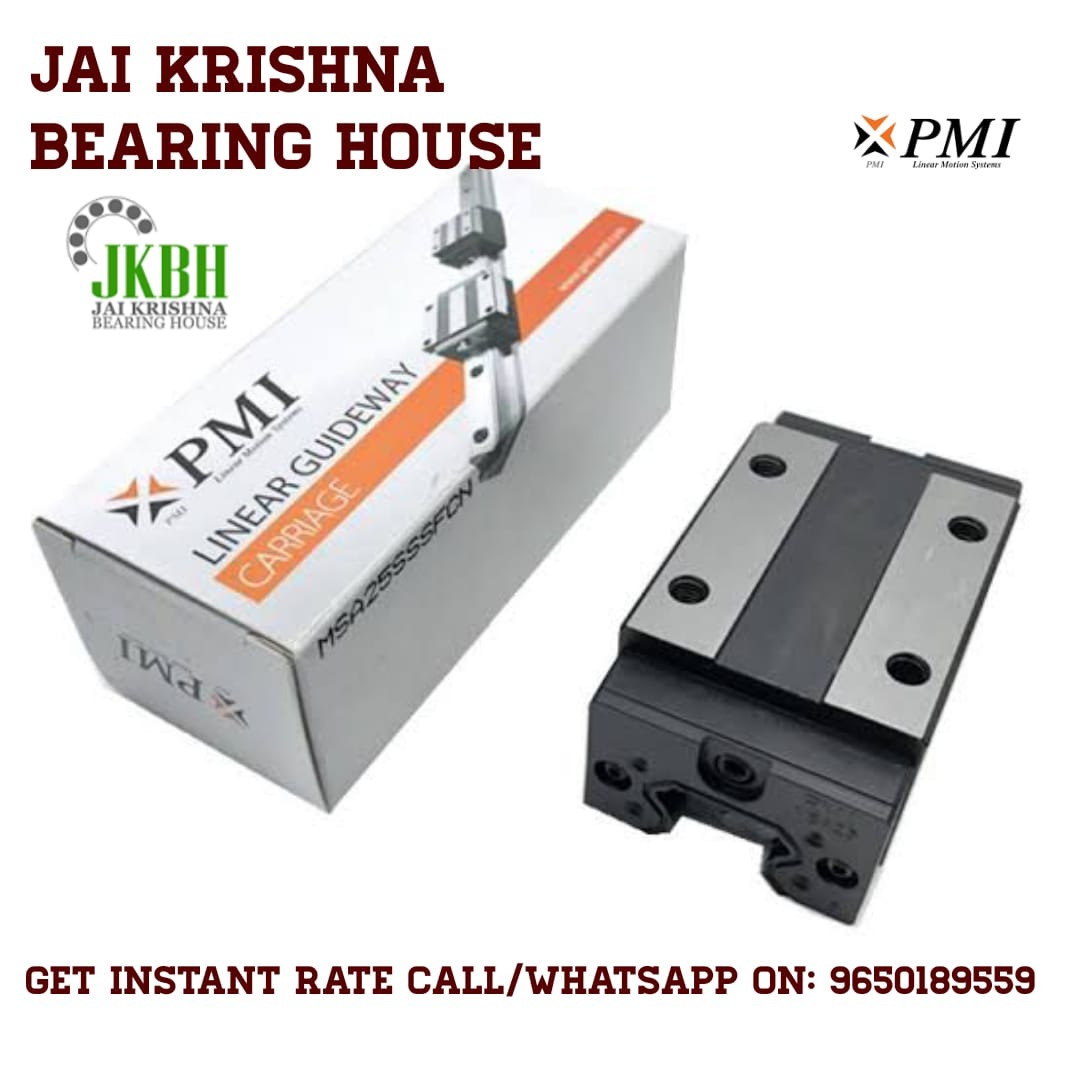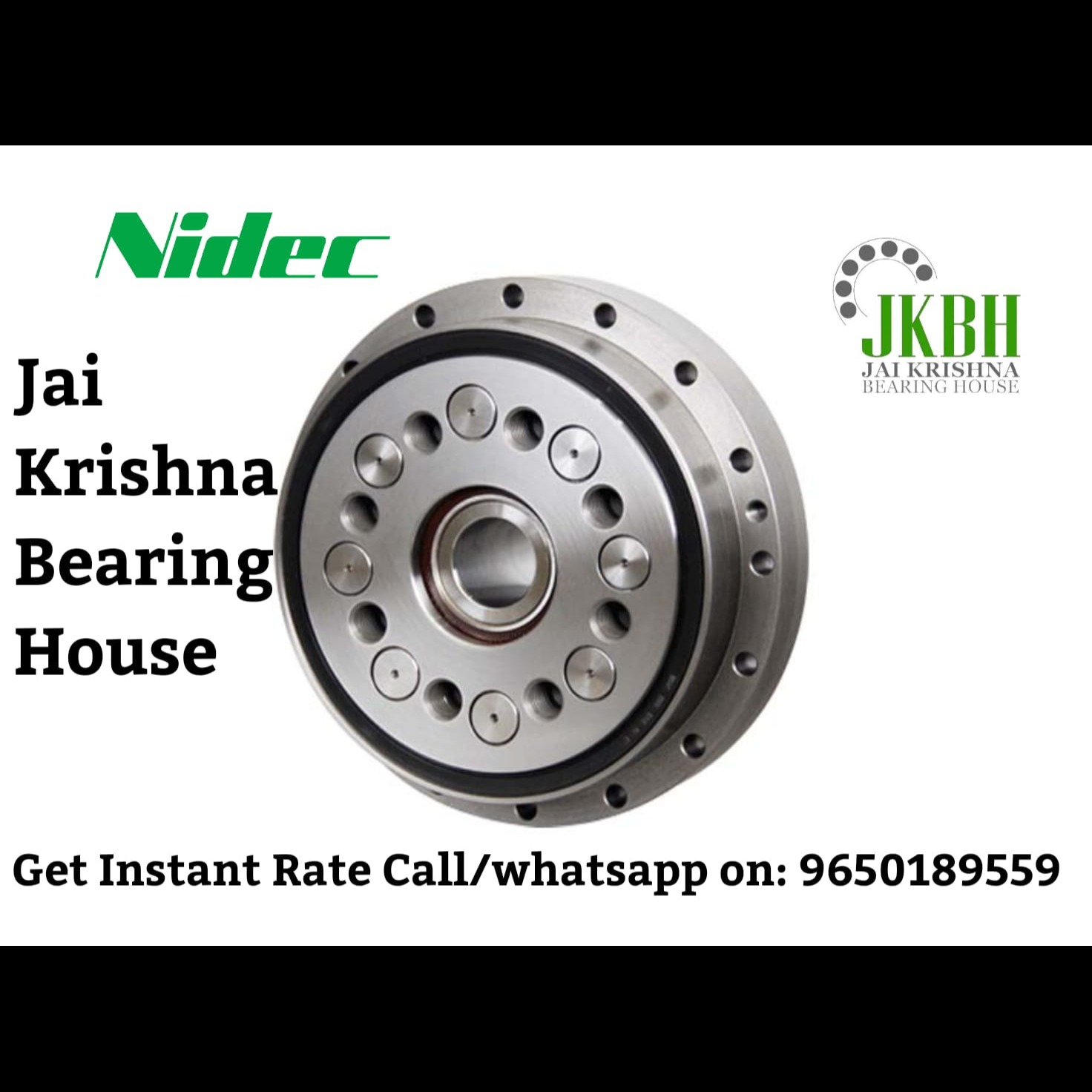
A photoelectric sensor from Baumer is a device that detects objects, changes in surface conditions, or other physical changes using light (usually infrared or visible red light). Baumer is a Swiss company known for high-precision sensors and automation technology.
🧩 How Does a Photoelectric Sensor Work?
It emits a light beam from a transmitter (LED) and uses a receiver to detect changes in the beam—like if it's interrupted by an object.
📚 Types of Baumer Photoelectric Sensors
Baumer makes several types, each suited to different applications:
1. Through-Beam Sensors
Two separate units: emitter and receiver.
Object is detected when it blocks the beam.
Longest range (up to 60 m).
High precision and reliability.
2. Retro-Reflective Sensors
Emitter and receiver in one housing.
Requires a reflector.
Detects when an object interrupts the beam to/from the reflector.
3. Diffuse Reflective Sensors
Emitter and receiver in one unit.
Detects light reflected directly from the object.
Ideal for detecting objects with reflective surfaces.
4. Background Suppression Sensors
Can distinguish between the target object and the background.
Ideal for complex environments or detecting objects close to reflective surfaces.
5. Laser Sensors
Use laser light for high precision and small object detection.
Used in packaging, robotics, and fine positioning.
6. Smart Sensors (IO-Link capable)
Offer digital communication.
Can be configured remotely and provide real-time diagnostics.
🛠️ Features of Baumer Sensors
Short response times
High repeat accuracy
IP protection classes (e.g., IP67 or IP69K for harsh environments)
Compact designs for tight spaces
High ambient light immunity
Stainless steel housings for food/pharma industries
🌐 Common Applications
Conveyor belt monitoring
Position detection in packaging machines
Object counting
Height/edge detection
Presence verification
Level sensing (using reflective detection)
Transparent object detection (e.g., bottles, film)
🔍 Example Model Number Breakdown
O500.RH-GW1B.72Y
O500 – Sensor series (compact)
RH – Retro-reflective type
GW1B – Electrical output (e.g., PNP, NPN)
72Y – Optics and housing variant
⚙️ Installation & Setup Tips
Align sensors properly for beam integrity.
Clean lenses regularly.
Use reflectors with correct polarization (if needed).
Set sensing distance carefully (especially with diffuse sensors).
Would you like:
Help choosing the right Baumer sensor for a project?
A wiring diagram or datasheet?
Examples of how they're used in a real-world system?
Keywords
receiver object
object types
laser light
baumer sensor
realworld system
datasheet examples
wiring diagram
diffuse sensors
correct polarization
bottles film
configured remotely
packaging robotics
complex environments
background ideal
reflector detects
housing requires
high precision
transmitter led
light beam
automation technology
highprecision sensors
swiss company
surface conditions
target object
object ideal
object interrupts
beam tofrom
detects objects
detecting objects
photoelectric sensor
detecting objects close
photoelectric sensor work
small object detection
beam longest range
separate units emitter



